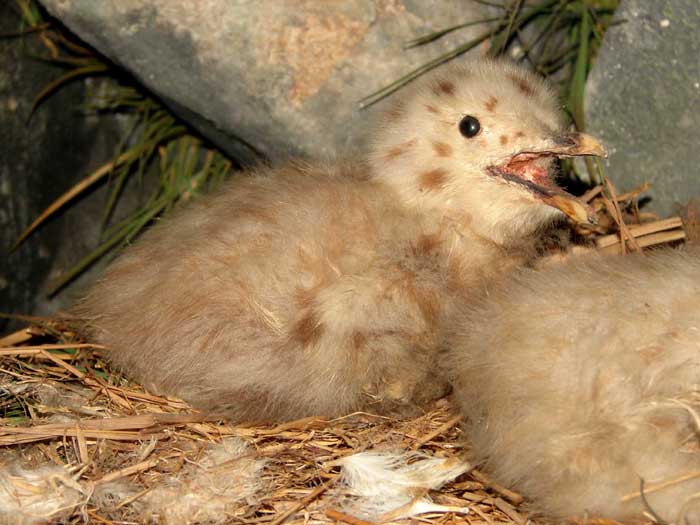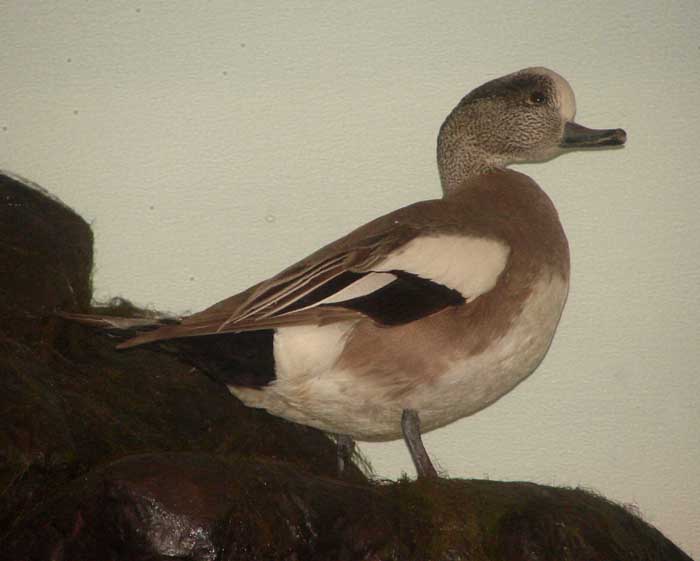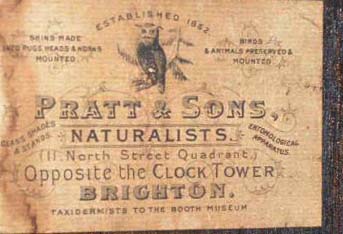 Victorian label by Pratt of Brighton
Victorian label by Pratt of Brighton
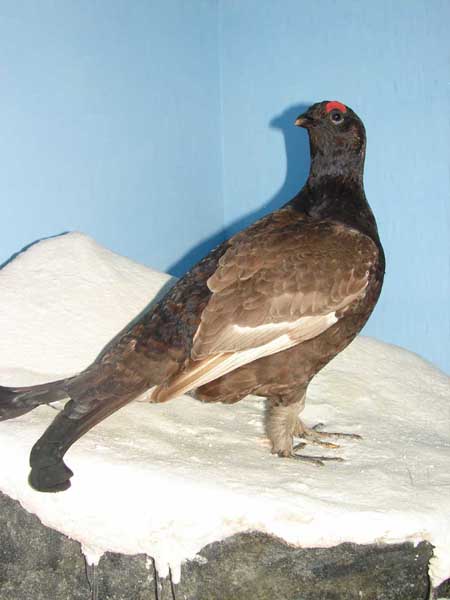 Black Grouse by Pratt of Brighton.
Black Grouse by Pratt of Brighton.
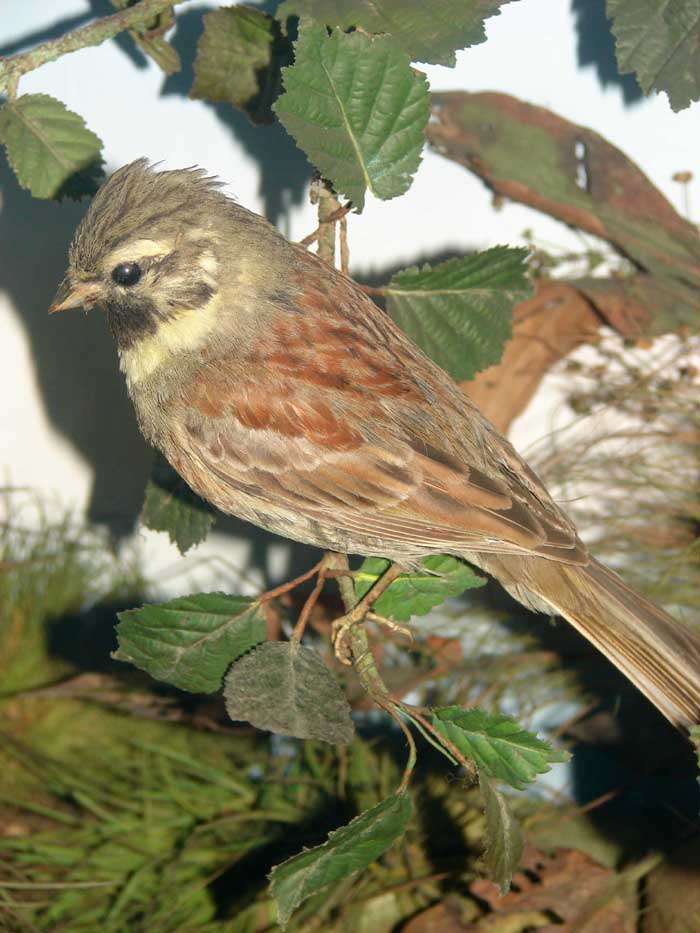 Cirl Bunting by Pratt of Brighton.
Cirl Bunting by Pratt of Brighton.
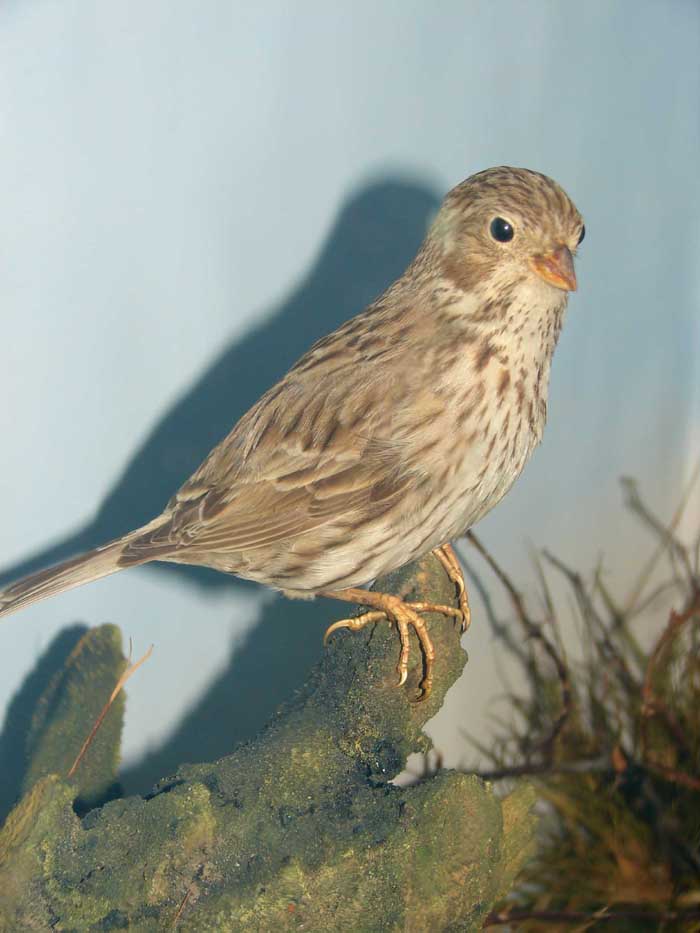 Corn Bunting by Pratt of Brighton.
Corn Bunting by Pratt of Brighton.
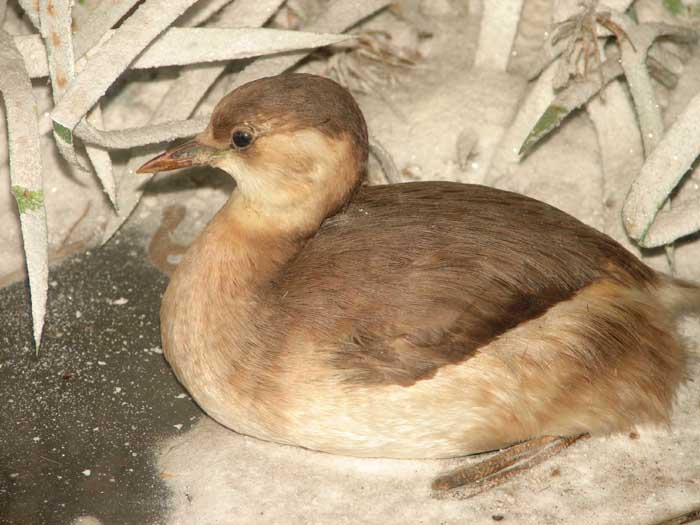 Dabchick by Pratt of Brighton.
Dabchick by Pratt of Brighton.
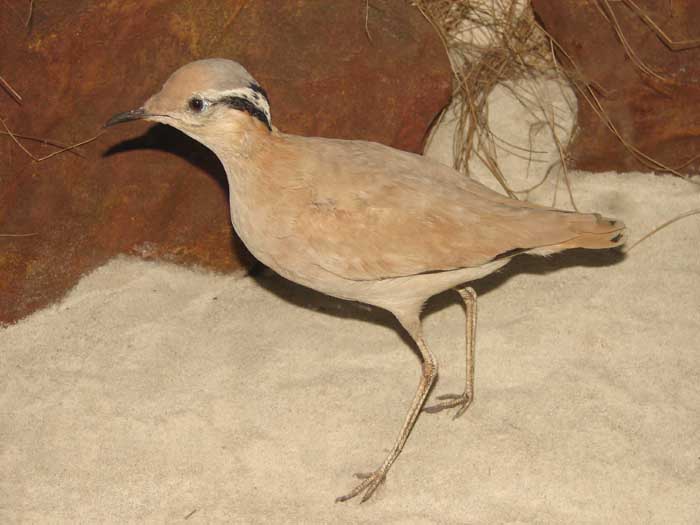 Cream Coloured Courser by Pratt of Brighton.
Cream Coloured Courser by Pratt of Brighton.
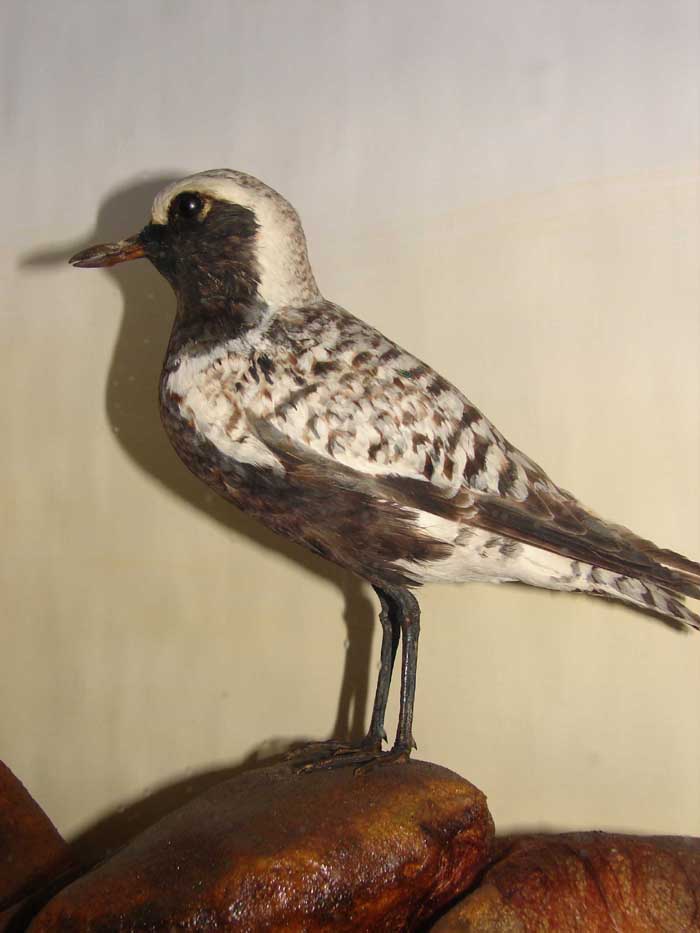 Grey Plover by Pratt of Brighton.
Grey Plover by Pratt of Brighton.
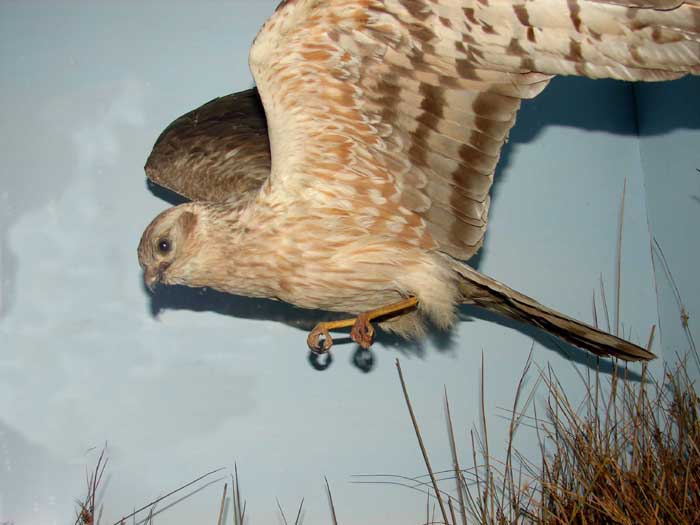 Montague's Harrier by Pratt of Brighton.
Montague's Harrier by Pratt of Brighton.
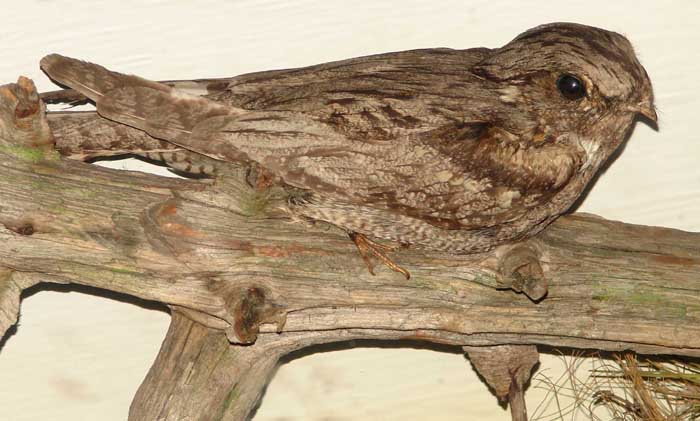 Nightjar by Pratt of Brighton.
Nightjar by Pratt of Brighton.
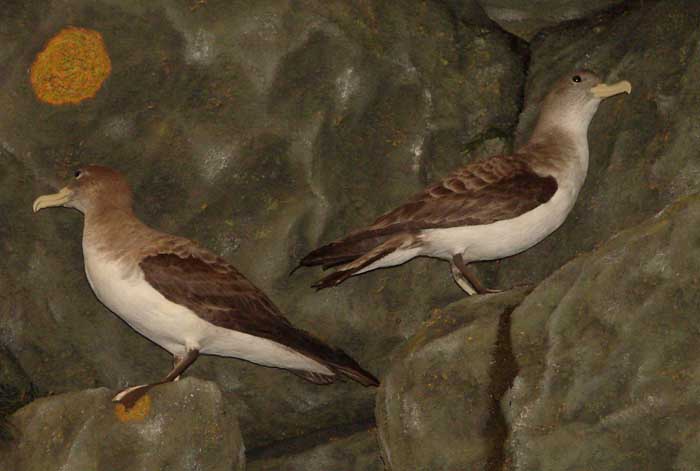 North Atlantic Giant Petrels by Pratt of Brighton.
North Atlantic Giant Petrels by Pratt of Brighton.
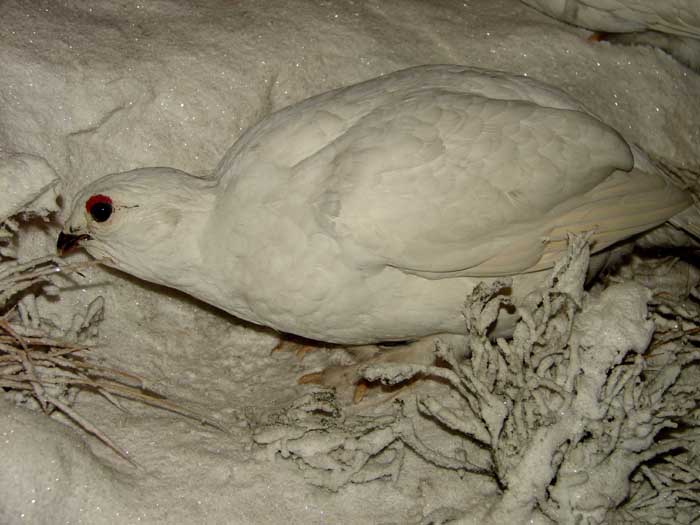 Ptarmigan by Pratt of Brighton.
Ptarmigan by Pratt of Brighton.
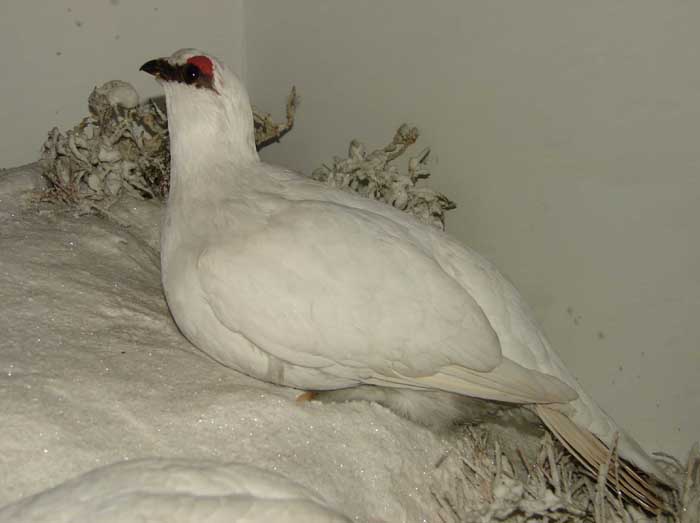 Ptarmigan by Pratt of Brighton.
Ptarmigan by Pratt of Brighton.
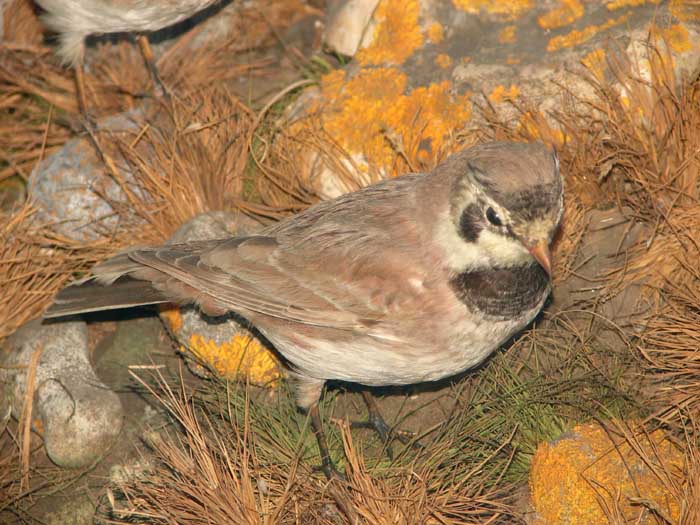 Shore Lark by Pratt of Brighton.
Shore Lark by Pratt of Brighton.
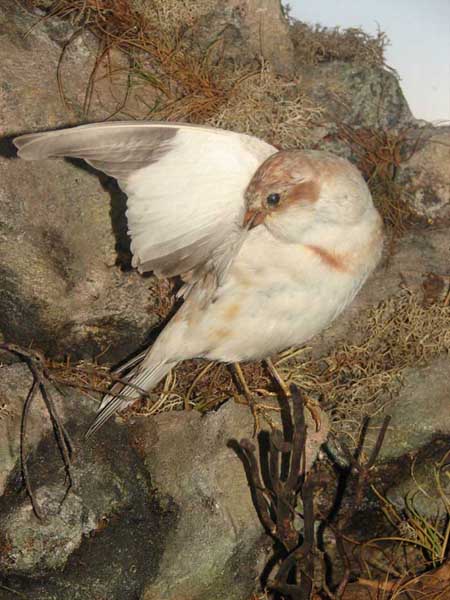 Snow Bunting by Pratt of Brighton.
Snow Bunting by Pratt of Brighton.
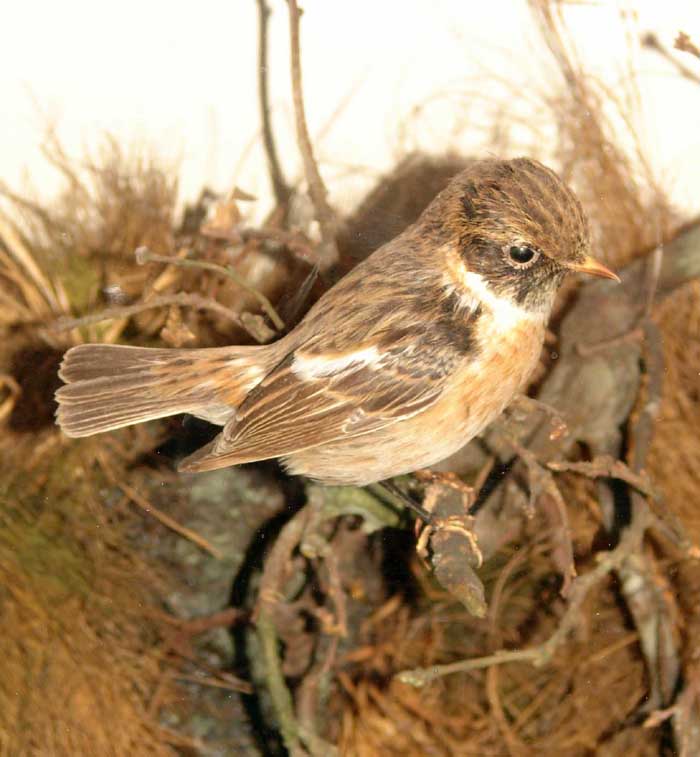 Winchat by Pratt of Brighton.
Winchat by Pratt of Brighton.
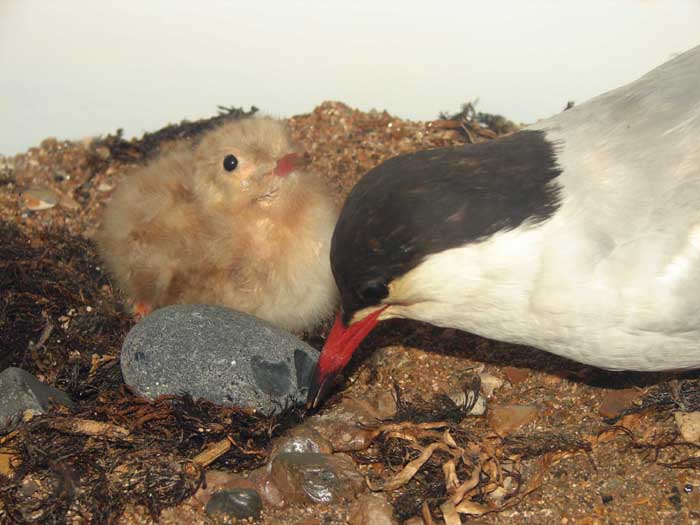 Arctic Terns by Pratt of Brighton.
Arctic Terns by Pratt of Brighton.
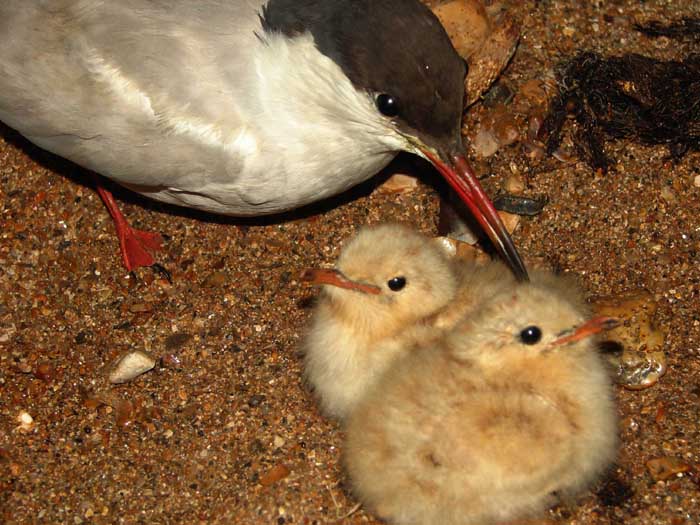 Arctic Terns by Pratt of Brighton.
Arctic Terns by Pratt of Brighton.
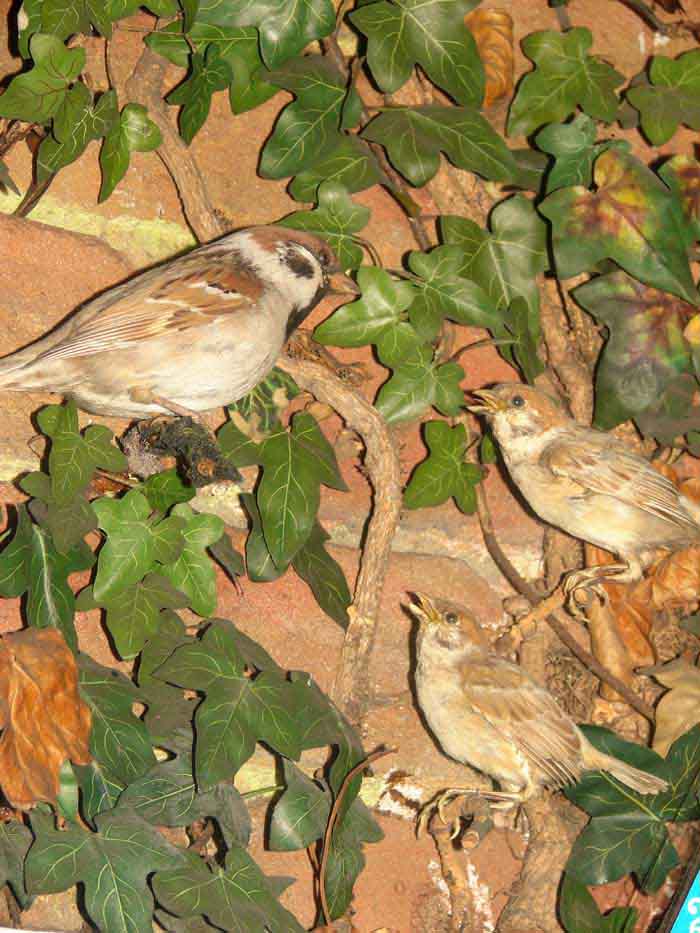 Tree Sparrows by Pratt of Brighton.
Tree Sparrows by Pratt of Brighton.
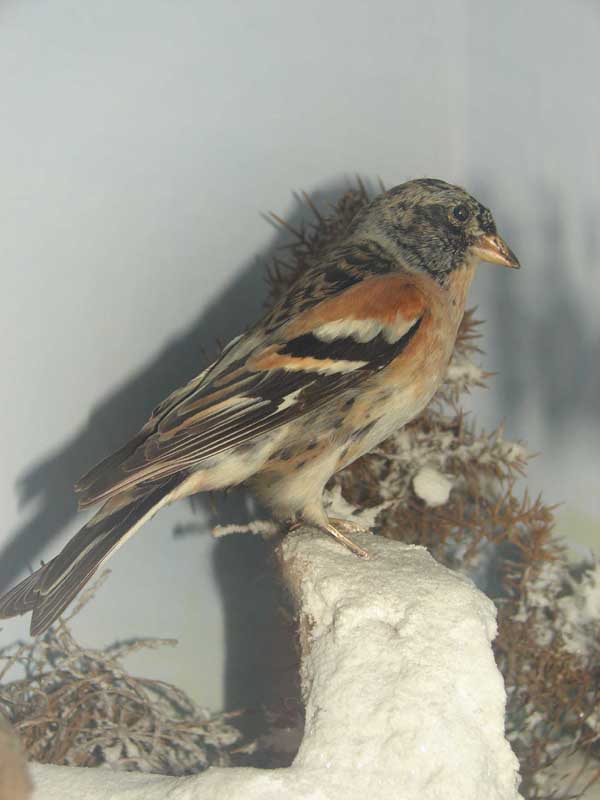 Brambling Finch by Pratt of Brighton.
Brambling Finch by Pratt of Brighton.
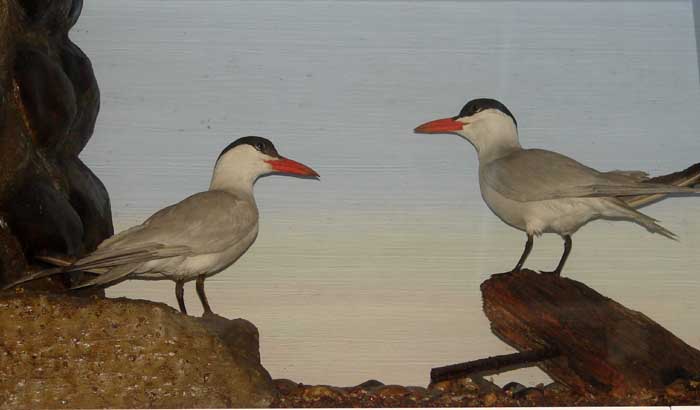 Caspian Terns by Pratt of Brighton.
Caspian Terns by Pratt of Brighton.
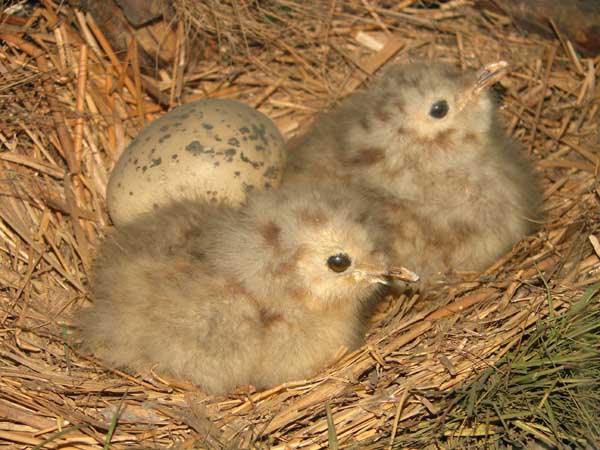 Common Gull chicks by Pratt of Brighton.
Common Gull chicks by Pratt of Brighton.
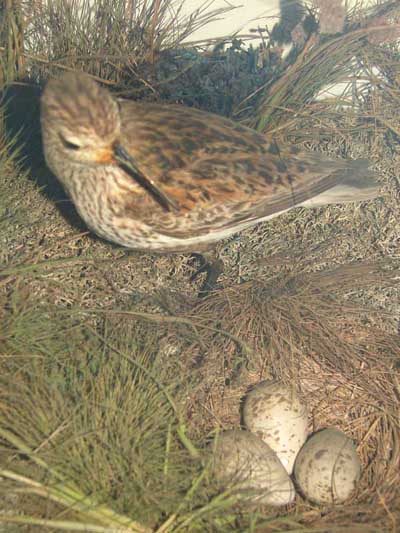 Dunlin with eggs by Pratt of Brighton.
Dunlin with eggs by Pratt of Brighton.
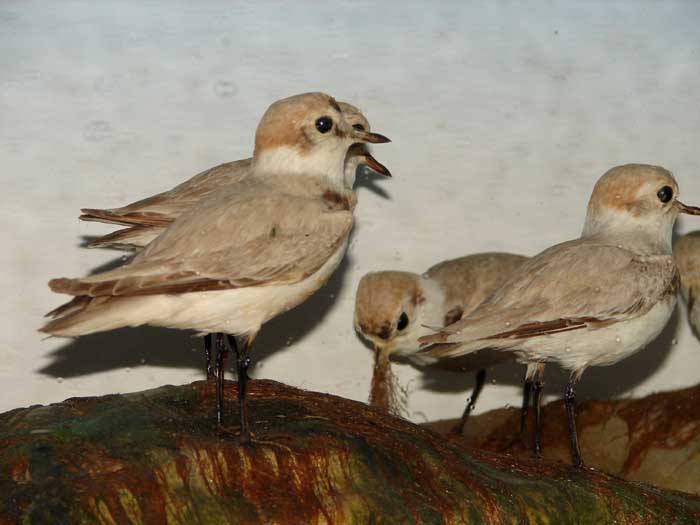 Kentish Plover by Pratt of Brighton.
Kentish Plover by Pratt of Brighton.
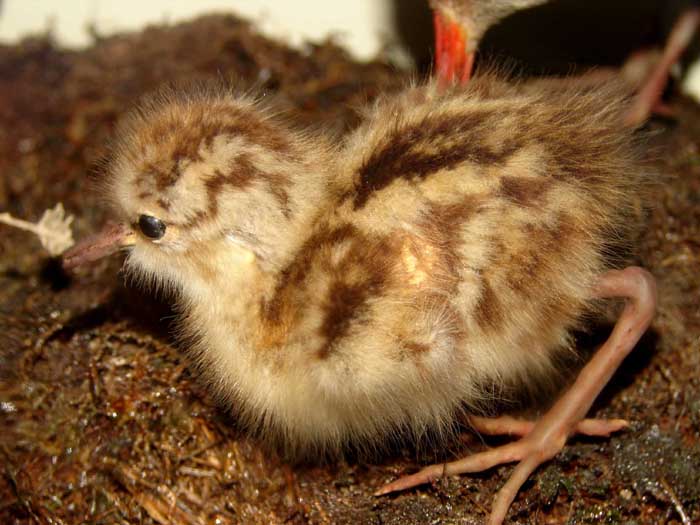 Redshank chick by Pratt of Brighton.
Redshank chick by Pratt of Brighton.
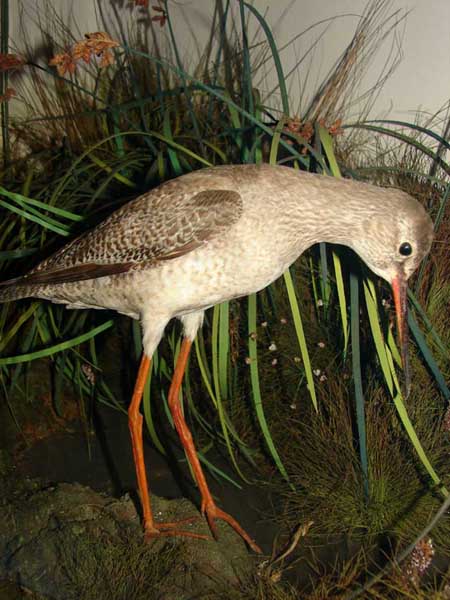 Redshank by Pratt of Brighton.
Redshank by Pratt of Brighton.
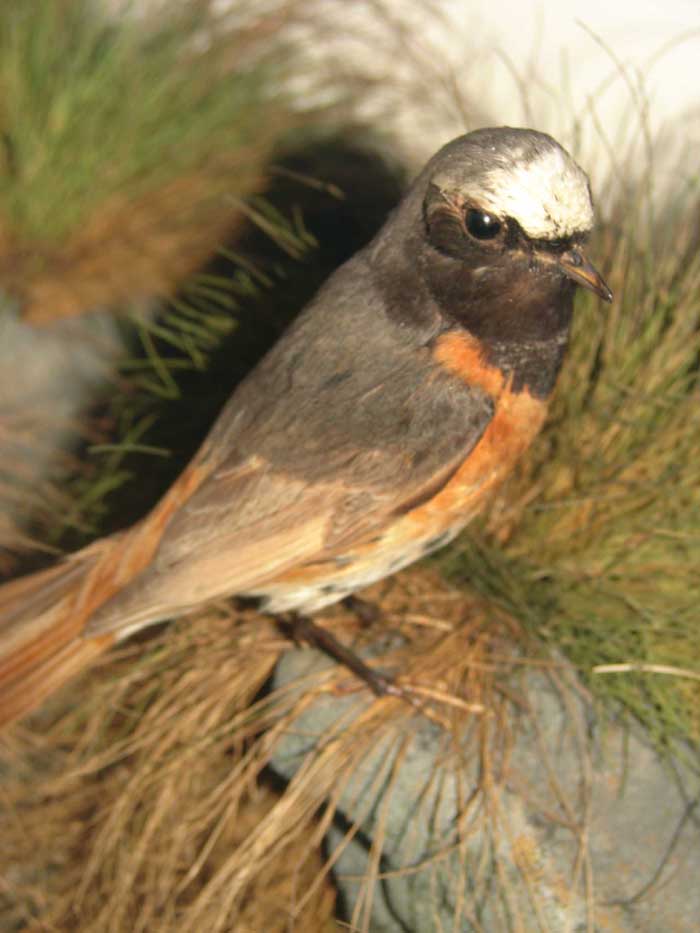 Redstart by Pratt of Brighton.
Redstart by Pratt of Brighton.
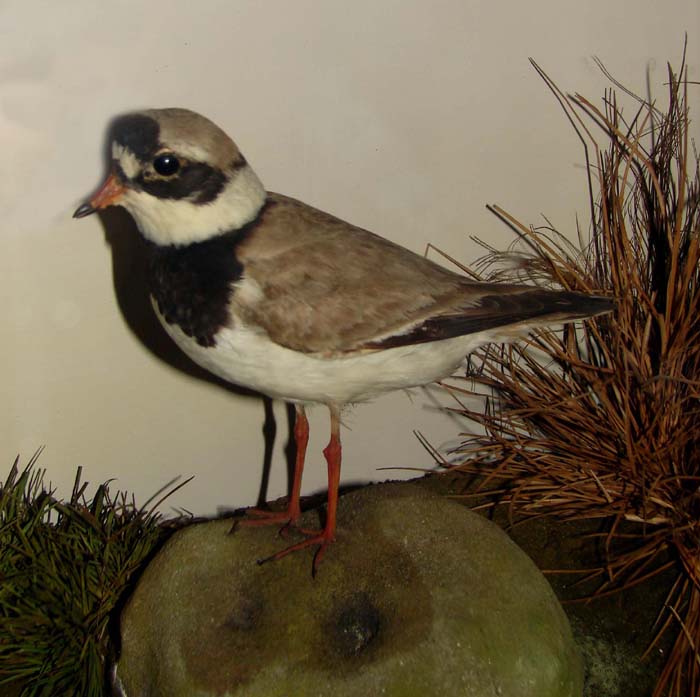 Ringed Plover by Pratt of Brighton.
Ringed Plover by Pratt of Brighton.
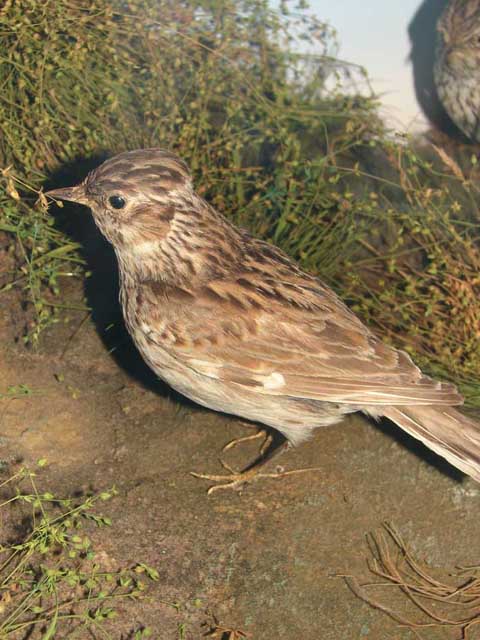 SkyLark by Pratt of Brighton.
SkyLark by Pratt of Brighton.
Taxidermy4Cash does not undertaken taxidermy, rather we are collectors of
other people’s work, both current and historical we also offer web hosting,
a search engine submission service and increasingly one of the larger
article resource taxidermy banks on the net. So if your keen to learn about Taxidermy
etc, then you know where to look.
We are always interested to here about new resource, if you feel a resource
should be listed here then please contact us.
|
ITEMS
WANTED. Please respond via this on-line form HERE
with a description of what you have for sale.
[HOMEPAGE]
Taxidermy Links.
Please double click on the Taxidermy link icon below.
Taxidermy
Links
|
|
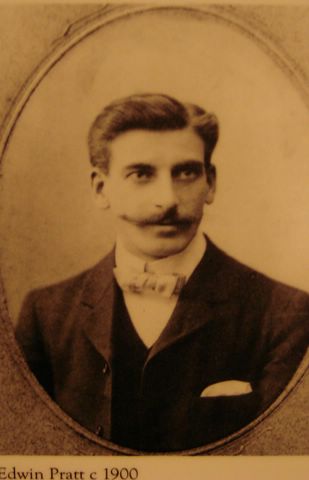

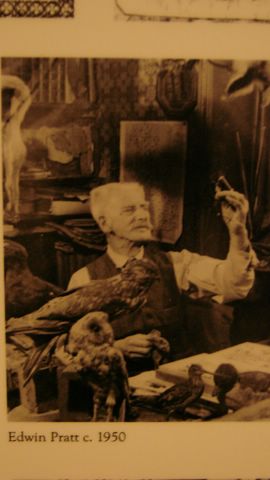
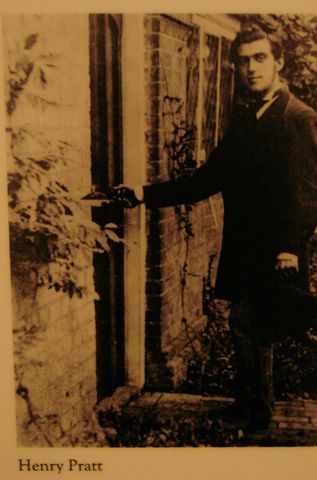
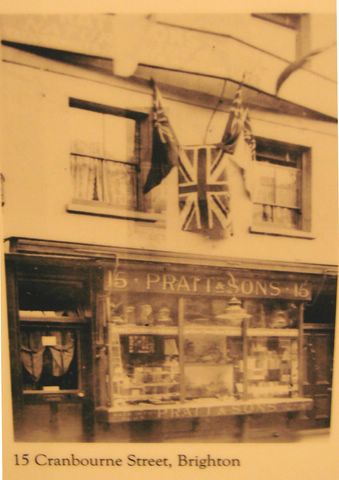

![rbrazenor [640x480].jpg](rbrazenor [640x480].jpg)
![braznoregreen [640x480].jpg](braznoregreen [640x480].jpg)
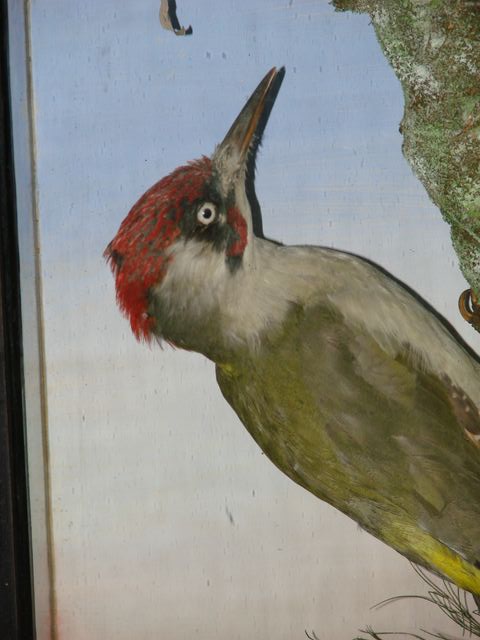
![braznoregreen1 [640x480].jpg](braznoregreen1 [640x480].jpg)
![brazebarn [640x480].jpg](brazebarn [640x480].jpg)
![bsqucco [640x480].jpg](bsqucco [640x480].jpg)
